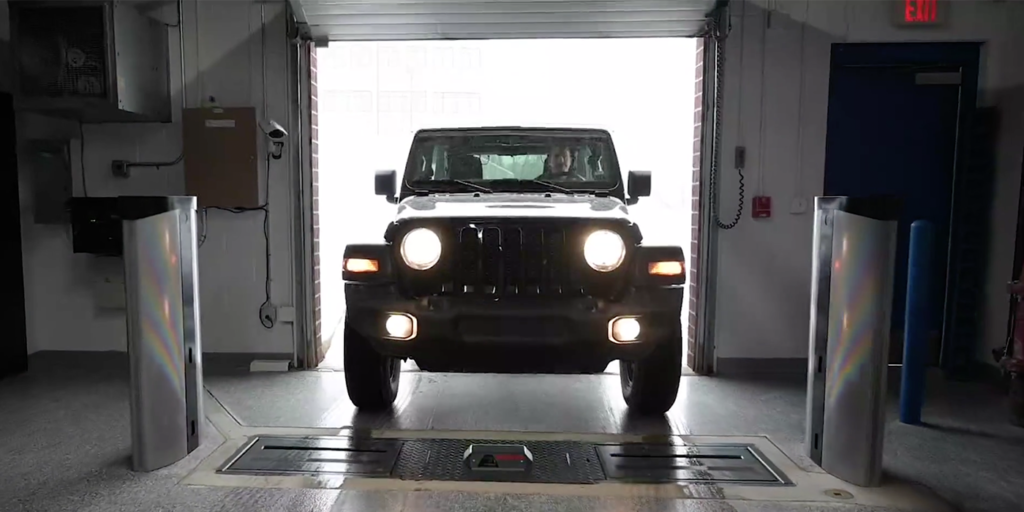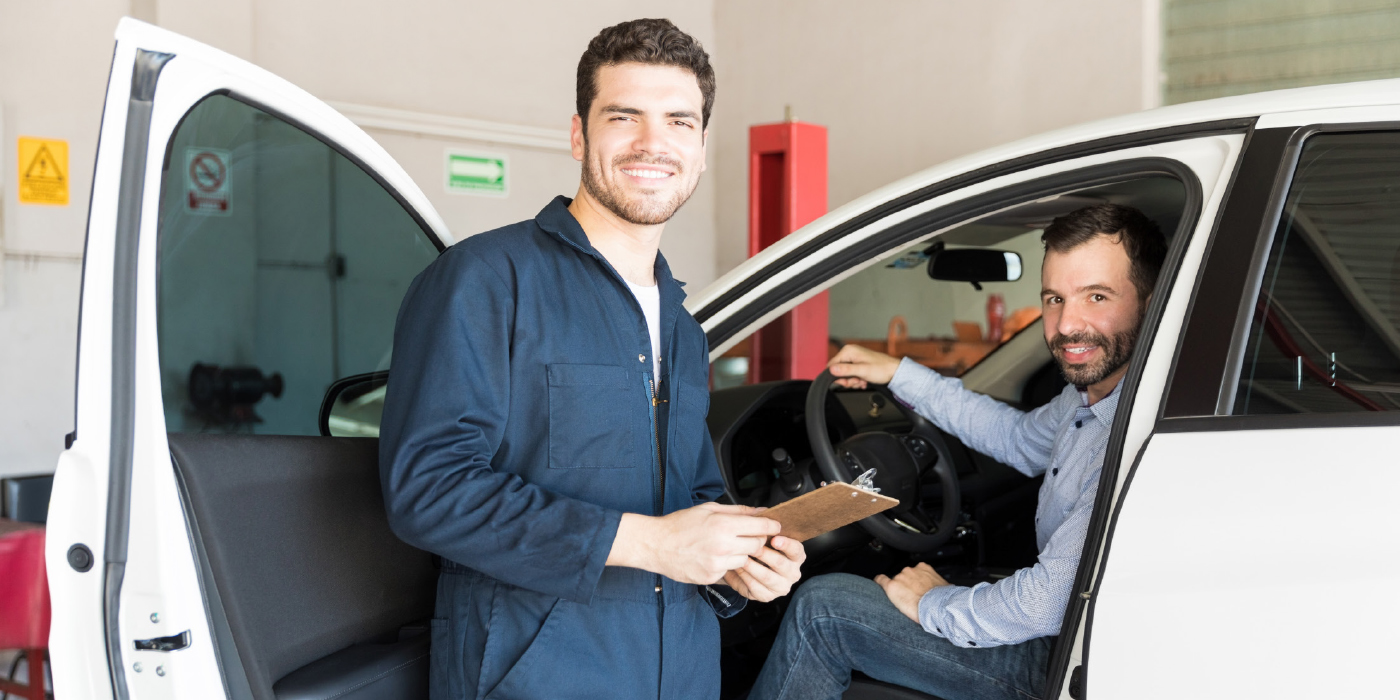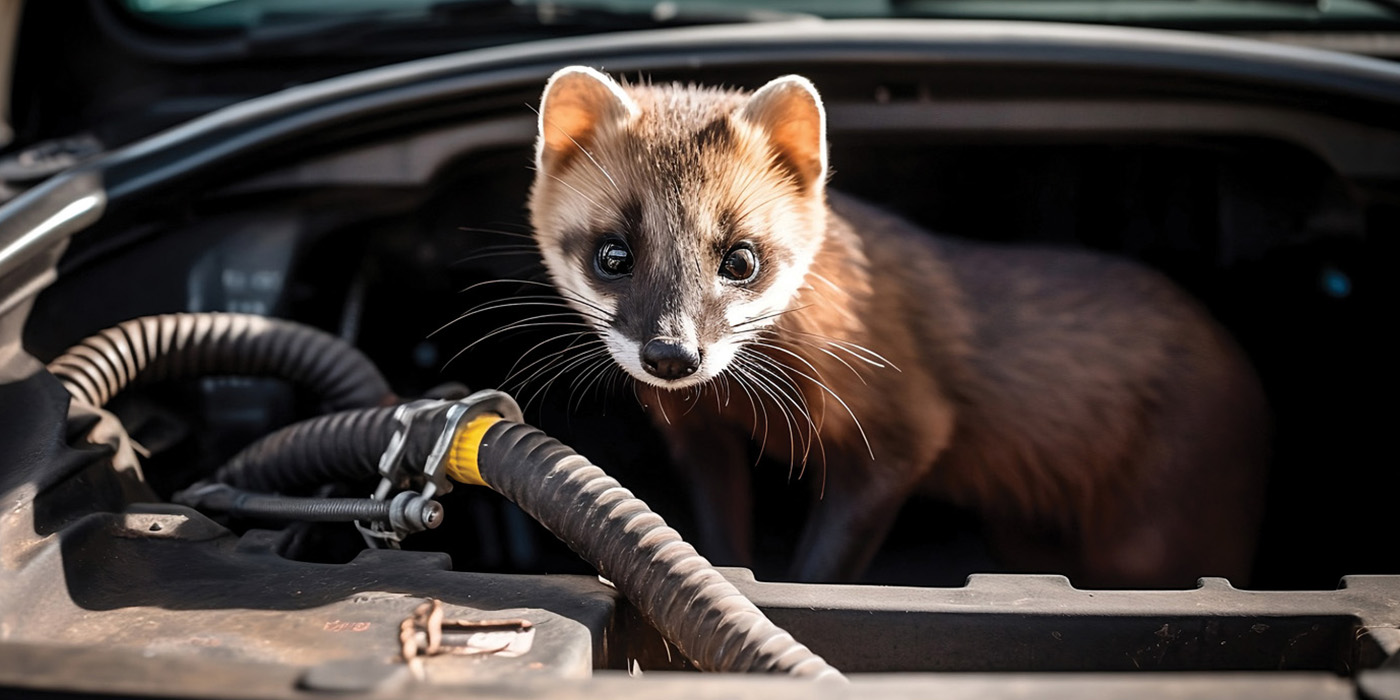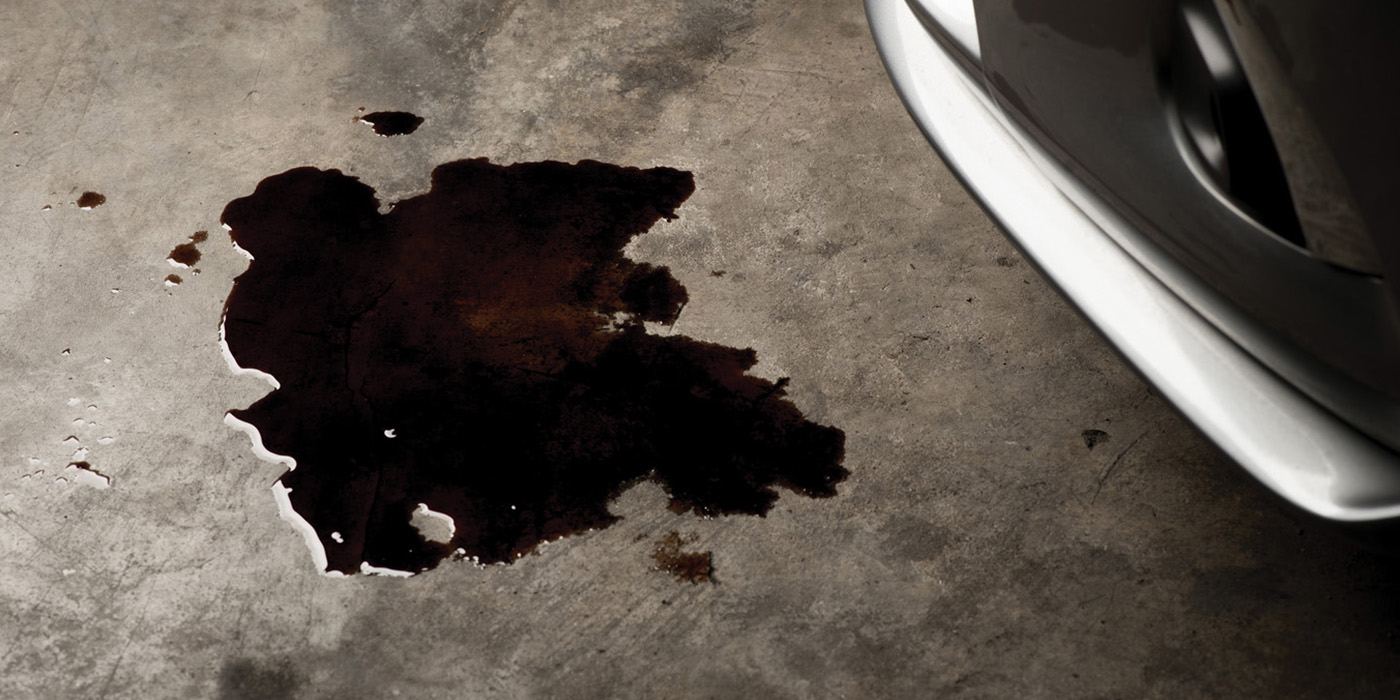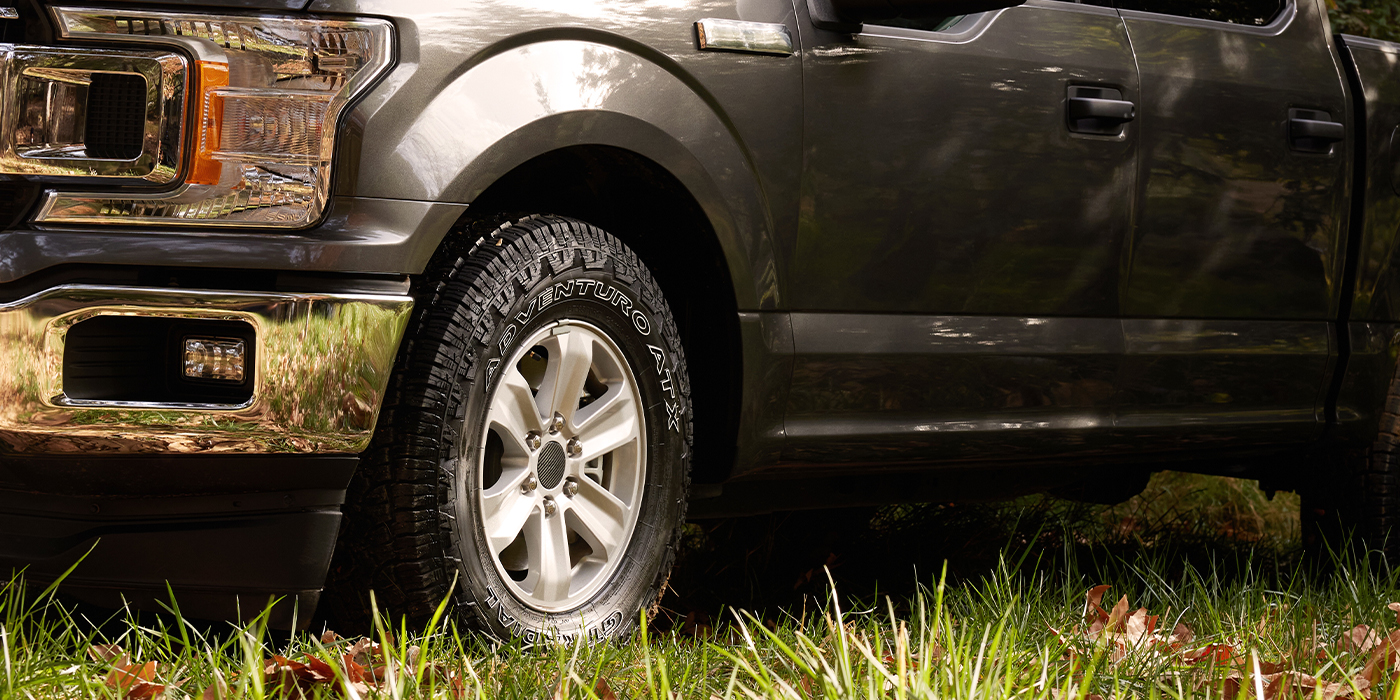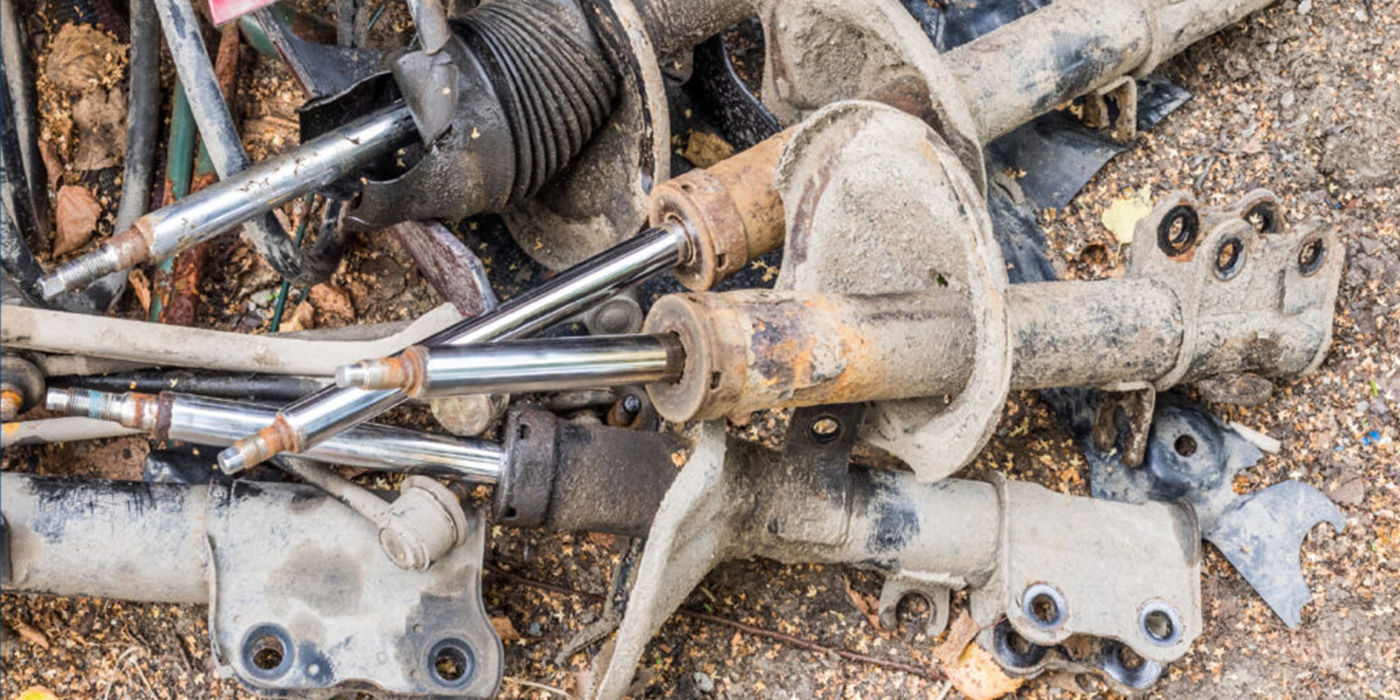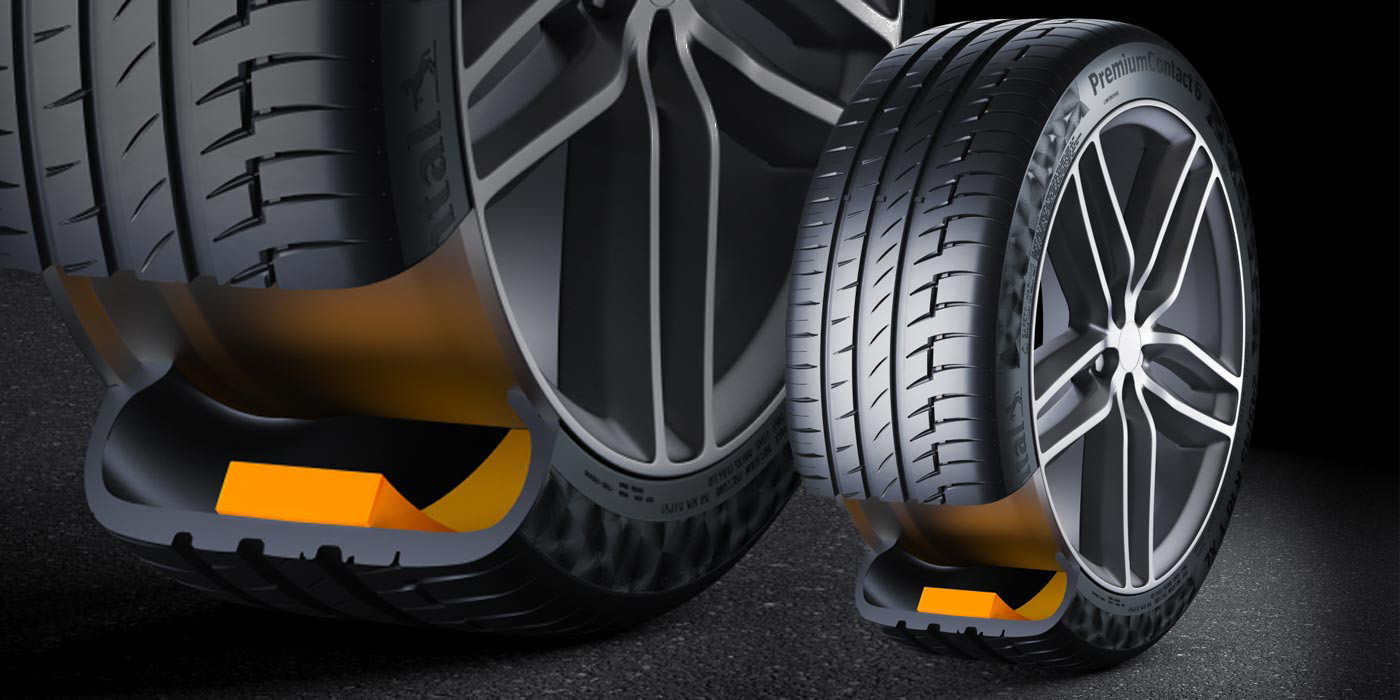More than 30% of vehicles out on the road today need an alignment and are outside of manufacturer spec. This presents a great opportunity for dealers: not only is there more work out there for you (which means more money to be made), but there are also drivers out there who need help with vehicle maintenance.
Here’s where, you, the tire dealer, can step in and make keeping up with vehicle and tire maintenance easy, and installing one or more inspection lanes in your shop is a good start.
Typically, inspection lanes allow for the car to be driven over or near sensors to read tire tread depth, alignment, suspension and other undercar data, which is generated in a matter of seconds. Some inspection lane equipment also generates a report for service professionals to review with the customer and discuss their vehicle health.
You may be thinking: “An inspection lane? How much is that going to cost?” While you may have to initially shell out a several thousand dollars to create an inspection lane, the returns you reap on your investment will multiply many times over. We’ll show you how.
Profit-Center Opportunities
When talking about investing in new equipment, dealers always ask about ROI. So, let’s run through the math.
Inspection lane equipment can vary in cost from $26,000 per lane for a simple tread depth scanner, to up to $70,000 for a tread reader and alignment check towers.
Say you run 50 vehicles per day through your inspection lane. Around 30% of those, say almost 18, will need an alignment. If you charge $99 for labor on each alignment, you’d be making an additional $1,782 per day. That’s an extra $53,000 per month.
So, if the cost of setting up an inspection lane ranges from $26,000-$70,000, it could pay for itself in less than a month to two months, depending on your setup.
Plus, it acts as a customer retention tool. Once your service advisor discusses an inspection report with a customer, they will have a barometer for their vehicle’s undercar health. Next time they’re wondering if a service is really necessary, they’ll come to you because you have the equipment that proves they need the service you’re recommending.
Managing Your Shop’s Inspections
One of the questions you’ll want to answer after making an investment in a piece of equipment is, “Is this really working? Is this doing what we need it to do?”
One way to tell is by investing in inspection equipment and software that automatically keeps track of your inspection data. That can include:
- Inspection dates and car count: How many inspections were performed on which date?
- Opportunity count: How many had service opportunities?
- Sold count: How many did we sell?
A dashboard that displays this information allows general managers and service advisors to track sales metrics and success. It also allows them to reach out to customers who may have declined service and schedule them for an appointment or make them aware of any service specials that could pertain to their vehicle.
If a tire dealer finds that discussing a vehicle’s inspection report with the customer starts off the conversation on the right foot, the shop can then fine-tune their policies and procedures around customer interfacing.
Article is courtesy of Tire Review; the content provided by Coats.

